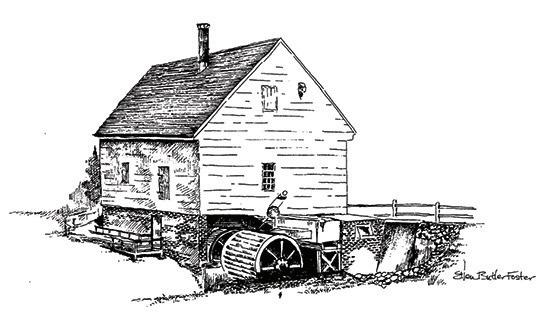Changes:
All American Part XVII of a novel in many parts
by Roger Vaughan Previously: The year is 1988. Andy Thomas made an ill-advised tactical call during a race in 50foot sailboats that nearly caused a dangerous collision. His father, Mitchell (at the helm), was livid. Later, at the awards dinner, a drunken Andy delivered a public declaration that made it virtually impossible for Mitchell Thomas, a well-known amateur sailor, not to mount a Round the World Race challenge. Okay, you know the rest, but if you missed anything or need a refresher, go to www.tidewatertimes. com (writers, Roger Vaughan), where you can find all previous chapters. ***
I
t didn’t make sense that the sun was out, the wind was around five knots, that the crew was in shorts and light jackets, that the biggest heads’l was up and that All American was sliding along sedately at six knots. This was the Southern Ocean, an open swath of
water encircling the globe between the Antarctic and the southernmost headlands of South America, Africa and Australia where the wind blows a gale most of the time. The wind blows a gale here because the Southern Ocean girdles the planet unimpeded. The temperature decreases as one moves southward, and air is def lected toward the poles by the Earth’s rotation, causing strong westerly winds. Without any land masses blocking the 20,000-mile-long ring of water that is the Southern Ocean, the prevailing westerlies also kick up frighteningly large, menacing seas. And, being bordered on the south side by the polar region, it’s usually quite cold. Blizzards can happen. This ocean has acquired nicknames that shiver the timbers of anyone who has sailed there and that get the attention of anyone who is even imagining being there; nicknames like “The Roaring Forties” and “The Furious Fifties,” after the degrees of latitude that define the Southern Ocean. Roaring. Furious. That’s the
131














